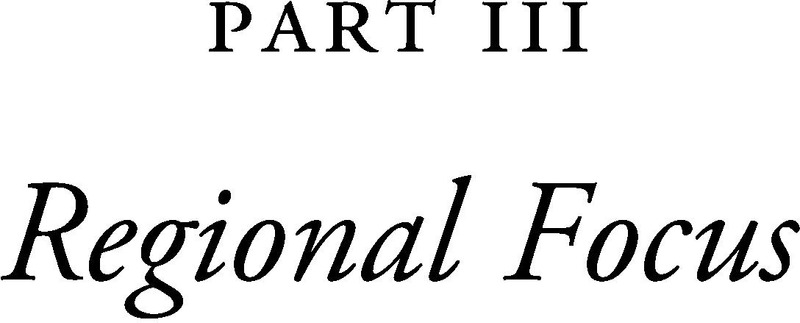Book contents
- Technology and Measurement around the Globe
- Educational and Psychological Testing in a Global Context
- Technology and Measurement around the Globe
- Copyright page
- Contents
- Contributors
- Introduction
- Part I Foundations
- Part II Global Perspectives on Key Methods/Topics
- Part III Regional Focus
- Index
- References
Part III - Regional Focus
Published online by Cambridge University Press: 08 November 2023
- Technology and Measurement around the Globe
- Educational and Psychological Testing in a Global Context
- Technology and Measurement around the Globe
- Copyright page
- Contents
- Contributors
- Introduction
- Part I Foundations
- Part II Global Perspectives on Key Methods/Topics
- Part III Regional Focus
- Index
- References
Summary

- Type
- Chapter
- Information
- Technology and Measurement around the Globe , pp. 211 - 359Publisher: Cambridge University PressPrint publication year: 2023

